Marie E. Pokorny
Nursing theorists of historical significance
“The idea of nursing, historically rooted in the care of the sick and in the provision of nurturance for those vulnerable to ill health, is foundational to the profession.”
(Wolf, 2006, p. 301)
Hildegard E. Peplau
1909–1999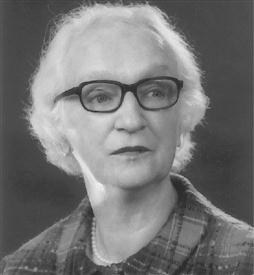
Virginia Henderson
1897–1996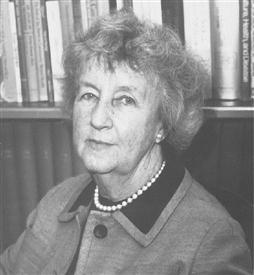
Faye Glenn Abdellah
1919–present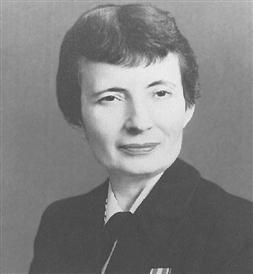
Ernestine Wiedenbach
1900–1996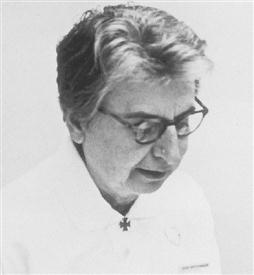
Lydia Hall
1906–1969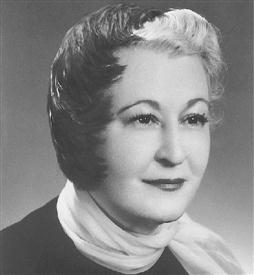
Joyce Travelbee
1926–1973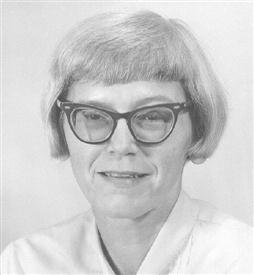
Kathryn E. Barnard
1938–present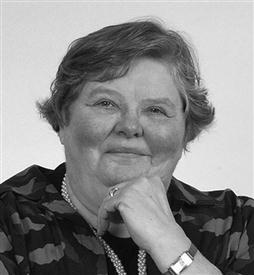
Evelyn Adam
1929–present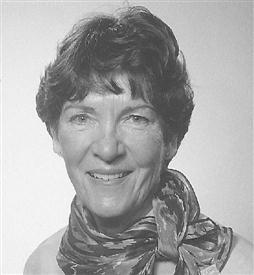
Nancy Roper
1918–2004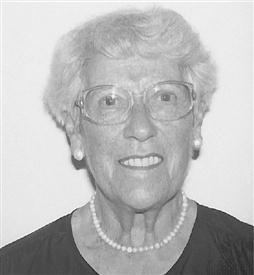
Winifred W. Logan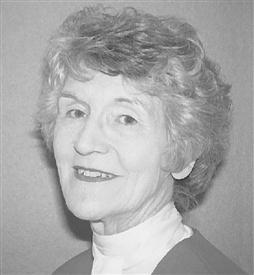
Alison J. Tierney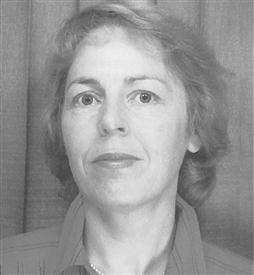
Ida Jean (Orlando) Pelletier
1926–2007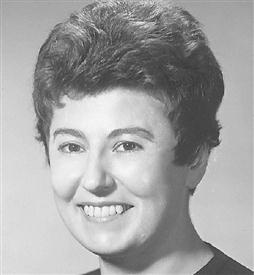
This chapter presents selected theorists who are noted for their development of nursing theory during the pre-paradigm period. They each represent an important contribution to the development of specialized nursing knowledge.
Hildegard E. Peplau
Theory of interpersonal relations
Hildegard E. Peplau has been described as the mother of psychiatric nursing because her theoretical and clinical work led to the development of the distinct specialty field of psychiatric nursing. Her scope of influence in nursing includes her contributions as a psychiatric nursing expert, educator, author, and nursing leader and theorist.
Photo Credit (Joyce Travelbee): Louisiana State University Health Sciences Center, School of Nursing, New Orleans, LA.
Previous author: Ann Marriner Tomey.
Peplau provided major leadership in the professionalization of nursing. She served as executive director and president of the American Nurses Association (ANA). She was instrumental in the ANA (1980) definition of nursing that was nursing’s declaration of a social contract with society in Nursing: A Social Policy Statement (Butts and Rich, 2011). She promoted professional standards and regulation through credentialing. Peplau taught the first classes for graduate psychiatric nursing students at Teachers College, Columbia University, and she stressed the importance of nurses’ ability to understand their own behavior to help others identify perceived difficulties. Her seminal book, Interpersonal Relations in Nursing (1952), describes the importance of the nurse-patient relationship as a “significant, therapeutic interpersonal process” (p. 16) and is recognized as the first nursing theory textbook since Nightingale’s work in the 1850s. She discussed four psychobiological experiences that compel destructive or constructive patient responses, as follows: needs, frustrations, conflicts, and anxieties. Peplau identified four phases of the nurse-patient relationship: orientation, identification, exploitation, and resolution (Figure 5-1). diagrammed changing aspects of nurse-patient relationships (Figure 5-2), and proposed and described six nursing roles: stranger, resource person, teacher, leader, surrogate, and counselor (Figure 5-3).
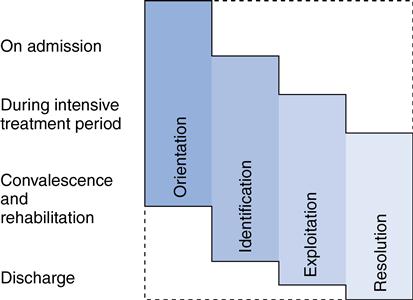
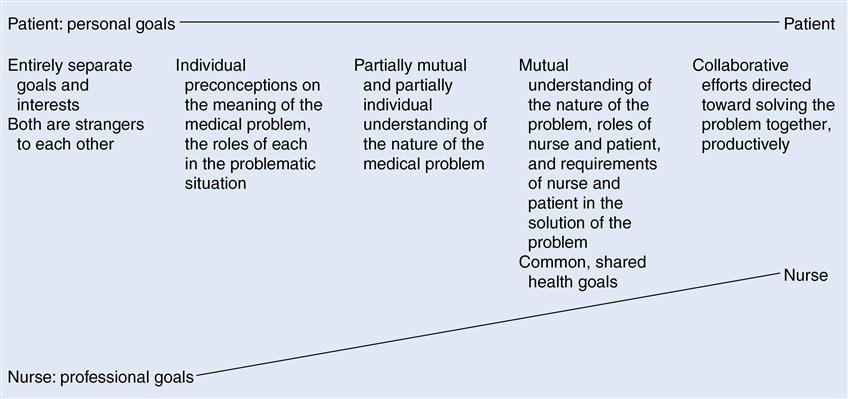
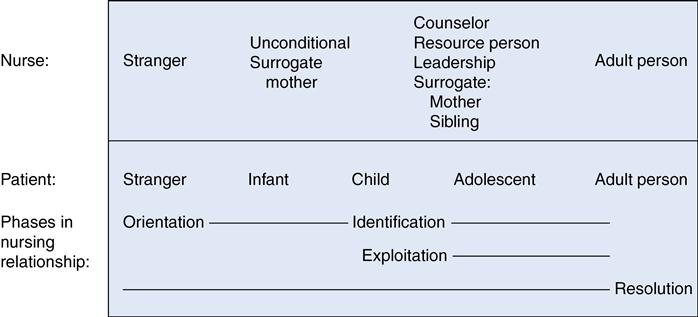
Peplau had professional relationships with others in psychiatry, medicine, education, and sociology that influenced her view of what a profession is and does and what it should be (Sills, 1998). Her work was influenced by Freud, Maslow, and Sullivan’s interpersonal relationship theories, and by the contemporaneous psychoanalytical model. She borrowed the psychological model to synthesize her Theory of Interpersonal Relations (Haber, 2000). Her work on nurse-patient relationships is known well internationally and continues to influence nursing practice and research. Recent publications using her model include research in staff-student relationships (Aghamohammadi-Kalkhoran, Karimollahi & Abdi, 2011), psychiatric workforce development (Hanrahan, Delaney, & Stuart 2012), care of patients with attention-deficit/hyperactivity disorder (Keoghan, 2011), subject recruitment, retention and participation in research (Penckofer, Byrn, Mumby, & Ferrans, 2011), the practice environment of nurses working in inpatient mental health (Roche, Duffield & White, 2011), and therapeutic relationships between women with anorexia and health care professionals (Wright & Hacking, 2012). Peplau’s work is specific to the nurse-patient relationship and is a theory for the practice of nursing.
Virginia Henderson
Definition of nursing
Virginia Henderson viewed the patient as an individual who requires help toward achieving independence and completeness or wholeness of mind and body. She clarified the practice of nursing as independent from the practice of physicians and acknowledged her interpretation of the nurse’s role as a synthesis of many influences. Her work is based on (1) Thorndike, an American psychologist, (2) her experiences with the Henry House Visiting Nurse Agency, (3) experience in rehabilitation nursing, and (4) Orlando’s conceptualization of deliberate nursing action (Henderson, 1964; Orlando, 1961).
Henderson emphasized the art of nursing and proposed 14 basic human needs on which nursing care is based. Her contributions include defining nursing, delineating autonomous nursing functions, stressing goals of interdependence for the patient, and creating self-help concepts. Her self-help concepts influenced the works of Abdellah and Adam (Abdellah, Beland, Martin, & Matheney, 1960; Adam, 1980, 1991).
Henderson made extraordinary contributions to nursing during her 60 years of service as a nurse, teacher, author, and researcher, and she published extensively throughout those years. Henderson wrote three books that have become nursing classics: Textbook of the Principles and Practice of Nursing (1955), Basic Principles of Nursing Care (1960), and The Nature of Nursing (1966). Her major contribution to nursing research was an 11-year Yale-sponsored Nursing Studies Index Project published as a four-volume-annotated index of nursing’s biographical, analytical, and historical literature from 1900 to 1959.
In 1958, the nursing service committee of the International Council of Nurses (ICN) asked Henderson to describe her concept of nursing. This now historical definition, published by ICN in 1961, represented her final crystallization on the subject:
“The unique function of the nurse is to assist the individual, sick or well, in the performance of those activities contributing to health or its recovery (or to peaceful death) that he would perform unaided if he had the necessary strength, will, or knowledge; and to do this in such a way as to help him gain independence as rapidly as possible”
(Henderson, 1964, p. 63).
Henderson’s definition of nursing was adopted subsequently by the ICN and disseminated widely; it continues to be used worldwide. In The Nature of Nursing: A Definition and Its Implications for Practice, Research, and Education, Henderson (1966) proposed 14 basic needs upon which nursing care is based (Box 5-1).
Henderson identified three levels of nurse-patient relationships in which the nurse acts as: (1) a substitute for the patient, (2) a helper to the patient, and (3) a partner with the patient. Through the interpersonal process, the nurse must get “inside the skin” of each of her patients in order to know what help is needed (Harmer and Henderson, 1955, p. 5). Although she believed that the functions of nurses and physicians overlap, Henderson asserted that the nurse works in interdependence with other health care professionals and with the patient. She illustrated the relative contributions of the health care team in a pie graph.
In The Nature of Nursing: Reflections after 25 Years, Henderson (1991) added addenda to each chapter of the 1966 edition with changes in her views and opinions. Henderson said of her theory that “the complexity and quality of the service is limited only by the imagination and the competence of the nurse who interprets it” (Henderson, 2006). Her theory has been applied to research in the specialized area of organ donation (Nicely & DeLario, 2011) and framed a discussion of remembering the art of nursing in a technological age (Henderson, 1980; Timmins 2011). Henderson’s work is viewed as a nursing philosophy of purpose and function.
Faye Glenn Abdellah
Twenty-one nursing problems
Faye Glenn Abdellah is recognized as a leader in the development of nursing research and nursing as a profession within the Public Health Service (PHS) and as an international expert on health problems. She was named a “living legend” by the American Academy of Nursing in 1994 and was inducted into the National Women’s Hall of Fame in 2000 for a lifetime spent establishing and leading essential health care programs for the United States. In 2012, Abdellah was inducted into the American Nurses Association Hall of Fame for a lifetime of contributions to nursing (ANA News Release, 2012).
Abdellah has been active in professional nursing associations and is a prolific author, with more than 150 publications. During her 40-year career as a Commissioned Officer in the U.S. Public Health Service (1949 to 1989), she served as Chief Nurse Officer (1970 to 1987) and was the first nurse to achieve the rank of a two-star Flag Officer (Abdellah, 2004) and the first woman and nurse Deputy Surgeon General (1982 to 1989). After retirement, Abdellah founded and served as the first dean in the Graduate School of Nursing, GSN, Uniformed Services University of the Health Sciences (USUHS).
Abdellah considers her greatest accomplishment being able to “play a role in establishing a foundation for nursing research as a science” (p. iii). Her book, Patient-Centered Approaches to Nursing, emphasizes the science of nursing and has elicited changes throughout nursing curricula. Her work, which is based on the problem-solving method, serves as a vehicle for delineating nursing (patient) problems as the patient moves toward a healthy outcome.
Abdellah views nursing as an art and a science that mold the attitude, intellectual competencies, and technical skills of the individual nurse into the desire and ability to help individuals cope with their health needs, whether they are ill or well. She formulated 21 nursing problems based on a review of nursing research studies (Box 5-2). She used Henderson’s 14 basic human needs (see Box 5-1) and nursing research to establish the classification of nursing problems.
Abdellah’s work is a set of problems formulated in terms of nursing-centered services, which are used to determine the patient’s needs. Her contribution to nursing theory development is the systematic analysis of research reports and creation of 21 nursing problems that guide comprehensive nursing care. The typology of her 21 nursing problems first appeared in Patient-Centered Approaches to Nursing (Abdellah, Beland, Martin, & Matheney, 1960). It evolved into Preparing for Nursing Research in the 21st Century: Evolution, Methodologies, and Challenges (Abdellah & Levine, 1994). The 21 nursing problems progressed to a second-generation development referred to as patient problems and patient outcomes. Abdellah educated the public on AIDS, drug addiction, violence, smoking, and alcoholism. Her work is a problem-centered approach or philosophy of nursing. Abdellah’s papers are available at: http://www.nlm.nih.gov/hmd/manuscripts/msc.html.
Ernestine Wiedenbach
The helping art of clinical nursing
Ernestine Wiedenbach is known for her work in theory development and maternal infant nursing developed while teaching maternity nursing at the School of Nursing, Yale University. Wiedenbach taught with Ida Orlando at Yale University and wrote with philosophers Dickoff and James a classic work on theory in a practice discipline that is used by those studying the evolution of nursing theory (Dickoff, James, & Wiedenbach, 1968). She directed the major curriculum in maternal and newborn health nursing when the Yale School of Nursing established a master’s degree program (Kaplan & King, 2000) and authored books used widely in nursing education. Her definition of nursing reflects her nurse-midwife background as follows: “People may differ in their concept of nursing, but few would disagree that nursing is nurturing or caring for someone in a motherly fashion” (Wiedenbach, 1964, p. 1).
Wiedenbach’s orientation is a philosophy of nursing that guides the nurse’s action in the art of nursing. She specified four elements of clinical nursing: philosophy, purpose, practice, and art. She postulated that clinical nursing is directed toward meeting the patient’s perceived need for help in a vision of nursing that reflects considerable emphasis on the art of nursing. She followed Orlando’s theory of deliberate rather than automatic nursing and incorporated the steps of the nursing process. In her book (1964), Clinical Nursing: A Helping Art, Wiedenbach outlines nursing steps in sequence.
Wiedenbach proposes that nurses identify patients’ need for help in the following ways:
Stay updated, free articles. Join our Telegram channel

Full access? Get Clinical Tree


